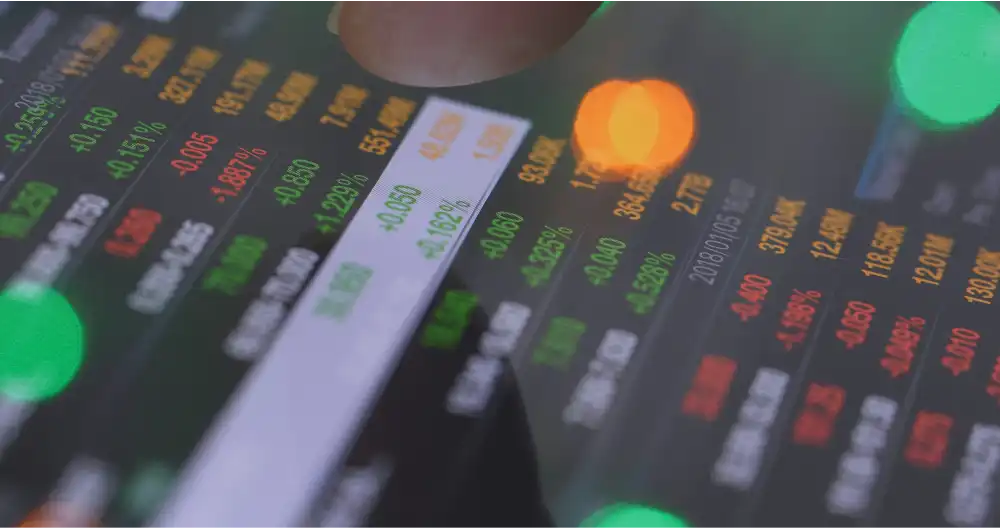
Q4 2021
Throughout 2021, technology stocks continued to perform well as the shift towards longer-term hybrid working gained acceptance amidst the ongoing Covid pandemic.
Global equities experienced a successful year, with a 20% gain in Sterling terms. Conversely, Gilts and Global Bonds posted their worst returns in over a decade. Developed equity markets, particularly the US, delivered double-digit returns, with the S&P 500 reaching nearly 30% returns for the year. In comparison, the FTSE All-Share returned only 27% over the same period. The S&P 500 consistently outperformed the All-Share in base currency terms from 2011 to 2021, with the exception of 2016.
Emerging Market (EM) equities deviated from the overall trend and recorded a loss of approximately 5% in US dollar terms. China played a significant role in this underperformance due to concerns about liquidity, credit, policy, and regulation. E-commerce giant Alibaba Group Holding Ltd experienced a nearly 50% decline, and the EMQQ Emerging Mkts Internet&Ecomm ETF dropped 32% for the year and nearly 50% since its February highs. Despite occasional scares, the VIX volatility index was approximately 25% lower at the end of 2021 compared to the beginning of the year.
Investors navigated various challenges in 2021, including the emergence of Covid variants, inflation concerns, and tight labour markets. Central banks, having spent years attempting to stimulate inflation, now face the task of curbing it. However, investors generally maintained a positive outlook, relying on strong economic fundamentals and the expectation of increased consumer spending driven by rapid vaccination rates. Consistently strong earnings performances in most equity markets supported this optimism.
Loose monetary policy remained a significant driver of market support, as it has been for several years. During the pandemic, central banks expanded their accommodative policies to avoid economic contractions. While tapering of these policies began towards the end of 2021, the year still witnessed cheap credit and money printing, fuelling higher asset prices.
The growth versus value investing styles showed divergent performance across equity markets globally. Value investing gained a 10% lead over growth in June, but growth stocks rebounded to hold a 5% advantage at the start of December. However, value stocks performed well in the end-of-year rally, reaching parity with growth. Mid-cap shares generally outperformed large and small caps, as mid-caps tend to exhibit higher cyclicality.
Emerging markets, especially China, struggled during the year. Nonetheless, double-digit returns from value markets like India, Brazil, and Russia prevented overall negative returns for emerging markets as investors diversified away from struggling EM tech stocks. China faced challenges from issues at property developer China Evergrande Group and a series of new regulations, particularly regarding data security and leaks. These developments had a significant impact on Alibaba, given its heavy reliance on data for personalization and platform operations.
Two standout sectors during the year were energy and technology. Rising oil prices, driven by economic recovery and OPEC's firm stance on production levels, benefited energy companies. However, an energy crisis in several parts of the world, particularly related to natural gas prices, negatively impacted the utilities sector. Despite being the worst-performing sector, utilities still delivered double-digit returns. Commodity markets, excluding precious metals, performed strongly. Technology stocks, with higher valuations, benefitted from loose monetary policy and the acceptance of long-term hybrid working arrangements. New Covid variants further delayed a full return to in-person activities and tightened monetary policy. The consumer staples sector underperformed as risk and recovery sentiment overshadowed solid earnings compounds.
Bond markets faced challenges and failed to perform strongly, experiencing losses greater than any year in the previous decade. This was partly due to inflation concerns, which reached sustained levels unseen for an extended period. Gilts, with their longer duration, had three of the worst months in the past decade in 2021. The rapid advancement of the vaccination program led to a notable increase in yields. While corporate bonds fared better due to improving earnings, their inherent duration limited positive returns. High yield bonds performed well given the overall risk sentiment.
Direct property funds in the UK delivered solid returns, with many achieving double-digit growth. US real estate investment trusts (REITs) outperformed, with returns above 40% as the recovery favoured cyclical names. Regional malls and shopping centres experienced significant gains, surpassing 90% and 60% returns, respectively. Apartments also performed well, along with healthcare and office sectors, which achieved returns above 15%. Private equity funds excelled, benefiting from a record number of initial public offerings (IPOs) and increased acceptance of private markets as an asset class. However, biotech and precious metals funds faced challenges.
